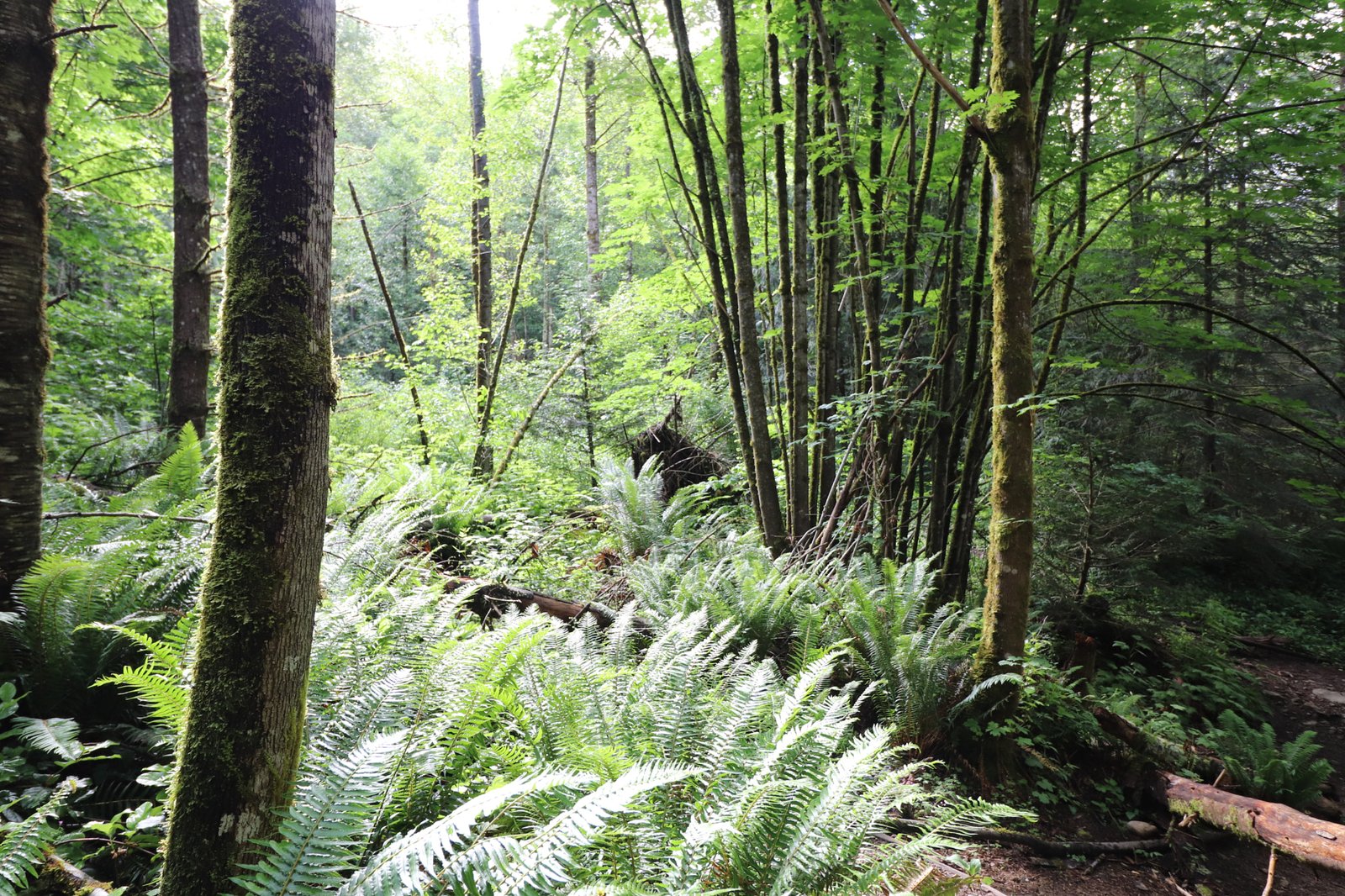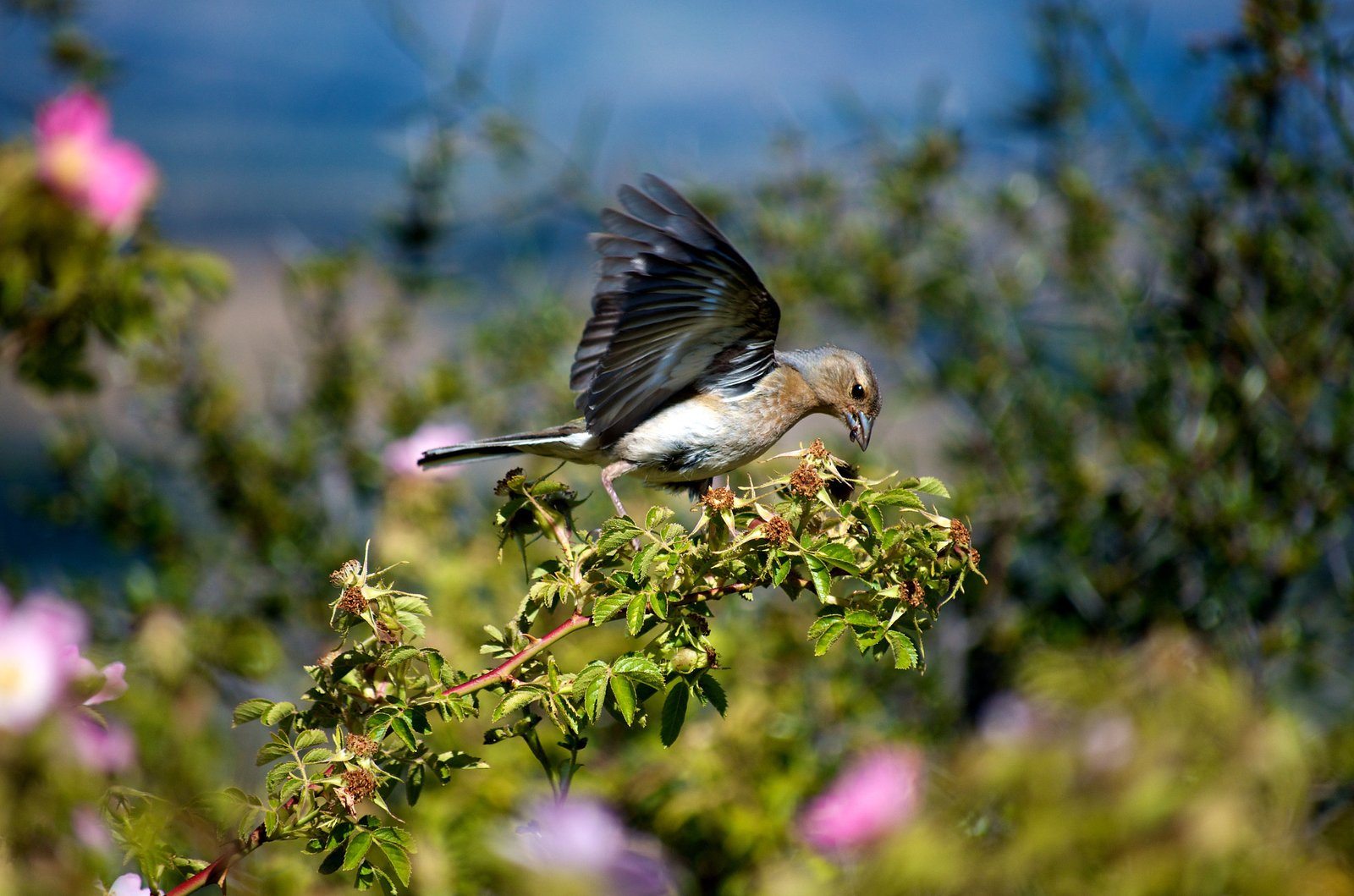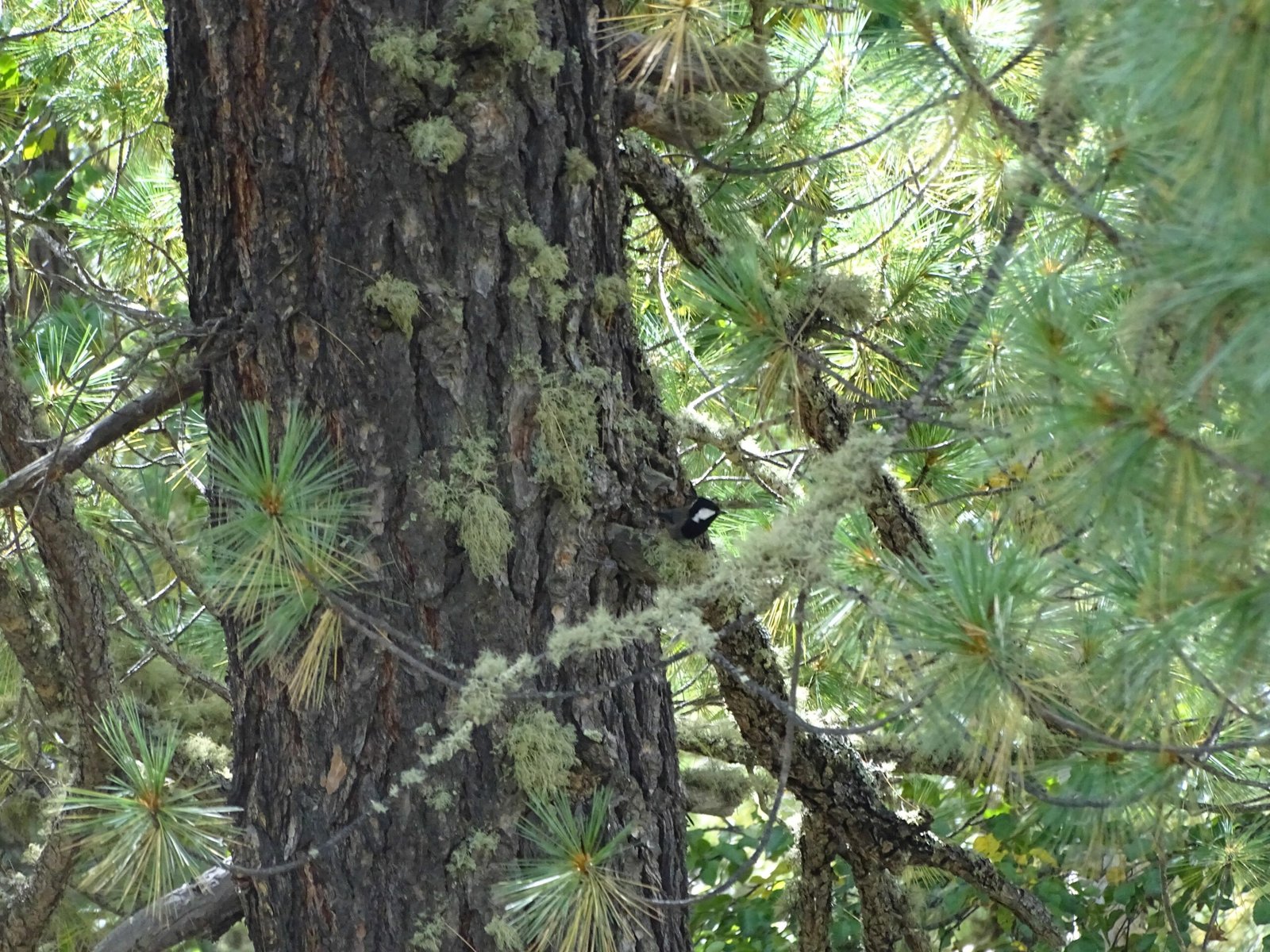Imagine the first deep breath you take on a crisp spring morning, boots laced and ready to hit the trail. The world seems to awaken beneath your feet—alive with scents, sounds, and colors that have been sleeping all winter. Every careful step on a muddy path is an invitation to a secret festival of life, happening just below and beside you. Spring hiking is more than just exercise or escape; it’s a front-row seat to the most astonishing show in nature. Have you ever wondered what’s really happening underfoot as you wander through dew-dappled meadows and sun-drenched forests? The drama of blooming flowers, crawling insects, and sprouting seeds is both ancient and ever-new. Let’s take a closer look at the vibrant, hidden world that makes spring hiking so magical.
The Great Thaw: Awakening the Soil
As winter loosens its grip, the ground undergoes a remarkable transformation. Melting snow and gentle rains seep downward, softening soil that was once frozen solid. This moisture does more than create puddles—it reactivates countless microorganisms, fungi, and bacteria that have lain dormant for months. The air itself seems richer, filled with the earthy aroma of petrichor, signaling that life is stirring below. Roots begin to absorb nutrients again, and the entire foundation of the ecosystem starts to pulse with energy. It’s almost as if the soil is taking a long, satisfying stretch after months of hibernation. Hikers often overlook this invisible awakening, yet without it, none of the springtime magic above ground would be possible.
Wildflowers Unleashed: The Color Explosion
Spring wildflowers are nature’s confetti, bursting into color as soon as conditions are right. Delicate bluebells nod in the breeze, while clusters of trillium and violets paint shady forest floors with splashes of white, purple, and yellow. Many of these flowers rely on precise timing—emerging before tree canopies fully leaf out, so they can soak up every bit of sunlight. This brief window, known as the “spring ephemeral” period, is a race against time. As you hike, keep an eye out for these fleeting beauties. Their arrival is a sign that the ecosystem is in perfect sync, and their vibrant petals beckon pollinators from miles around.
The Secret Life of Mosses and Ferns

Look closely along damp logs or the base of shaded rocks, and you’ll find a miniature forest of mosses and ferns. These ancient plants thrive in spring’s moist, mild conditions. Mosses may look simple, but they play a powerful role in stabilizing soil and retaining moisture for other life forms. Ferns, with their delicate unfurling fronds, are among the oldest plant species on Earth. Their intricate shapes and patterns add subtle beauty to the forest floor, and their presence hints at healthy, unpolluted habitats. For those willing to pause and peer at these tiny wonders, a whole new world is revealed—one that’s easily missed by hurried footsteps.
Sprouting Seeds: Birth of a New Generation

Every step you take might be passing over seeds just beginning to germinate. Spring’s warming temperatures and increased daylight send signals to seeds buried in the soil: it’s time to grow. Some seeds have been waiting for years, requiring just the right combination of warmth, moisture, and even fire to break dormancy. The sight of tiny shoots pushing through leaf litter is a testament to resilience and patience. Wild grasses, shrubs, and trees all begin their life cycles anew, setting the stage for summer’s lush growth. This quiet emergence is as dramatic, in its own way, as any thunderstorm or sunrise.
Insects on the Move: Crawling and Flying Life

As the soil warms, insects awaken from winter slumber or hatch from eggs laid the previous season. Ants rebuild tunnels, beetles scuttle through the undergrowth, and earthworms rise to the surface after rain. These small creatures are vital: they pollinate flowers, break down leaf litter, and provide food for birds and mammals. Watch closely and you might spot a procession of carpenter ants hauling twigs, or a ladybug hunting aphids on a fresh green stem. The buzzing, crawling, and fluttering activity is a sign of a healthy ecosystem—but also a reminder of the intricate web of life supporting every step you take.
Fungi: The Hidden Network Below

Spring is prime time for fungi, whose underground networks form a communication highway for plants and trees. Mushrooms and toadstools pop up after rain, their shapes sometimes comical, sometimes mesmerizing. But the real magic happens out of sight, where mycorrhizal fungi connect roots, transfer nutrients, and even warn plants of threats like disease or drought. Some hikers may spot fairy rings or clusters of morel mushrooms—delicacies for both wildlife and foragers. This fungal world is mysterious and essential, quietly recycling nutrients and maintaining the balance of the forest floor.
The Return of Amphibians and Reptiles
Spring’s warmth coaxes frogs, salamanders, and snakes out of hiding. Vernal pools—temporary bodies of water formed by spring rains—become nurseries for frog and salamander eggs. The symphony of peeping frogs is a classic soundtrack for spring hikers, signaling healthy wetlands nearby. Snakes, though often misunderstood, play a crucial role by controlling rodent populations and serving as prey for birds and mammals. Spotting a salamander under a log or a basking garter snake on a sunny rock is a thrilling reminder that the world underfoot is just as lively as the one above.
Busy Birds and Nesting Season
Birds are some of the earliest risers in the spring chorus. Many species return from migration just as insects and seeds become abundant again. You might see robins tugging worms from the soil or woodpeckers drumming on decaying trunks. The forest floor becomes a bustling marketplace for nesting materials—twigs, moss, and feathers vanish into the underbrush as birds build their homes. Listen for the excited calls and songs that seem to echo from every direction. The connection between what’s happening underfoot and the flurry of activity overhead is impossible to miss.
Microbial Marvels: Life Too Small to See
Beneath every footstep, billions of tiny organisms are hard at work. Bacteria, protozoa, and nematodes break down organic matter, recycle nutrients, and maintain soil fertility. This microscopic world is the engine that powers the entire ecosystem. Without these unseen workers, dead leaves would pile up, and plants would struggle to grow. Scientists now understand that soil health is directly tied to the diversity and activity of these microbes. Next time you kneel down to examine a flower or mushroom, remember that you’re also standing on a hidden metropolis of life.
Trail Etiquette: Protecting What’s Underfoot
With so much happening under your boots, every hiker has a responsibility to tread lightly. Staying on marked trails helps prevent trampling delicate plants, compacting soil, and disturbing animal habitats. Avoid picking wildflowers or disturbing logs where amphibians might be hiding. If you pack out your trash and leave no trace, you’re helping preserve the delicate balance that makes spring hiking so rewarding. A little mindfulness goes a long way—your respect ensures that the wonders of the season will be there for the next curious explorer.
Spring’s Interconnected Web: A Living Puzzle
The beauty of spring hiking isn’t just in what you see, but in understanding how everything fits together. Flowers depend on pollinators, which depend on plants for food and habitat. Birds rely on insects, while seeds need healthy soil and fungi. The return of amphibians signals clean water and thriving forests. Each piece of this puzzle is connected, and every footstep is part of a much larger story. By paying attention to what’s blooming, crawling, and sprouting, you become part of the living tapestry of spring.
The next time you venture out on a spring hike, pause and look closely at the world beneath your feet. What hidden wonders will you discover?


